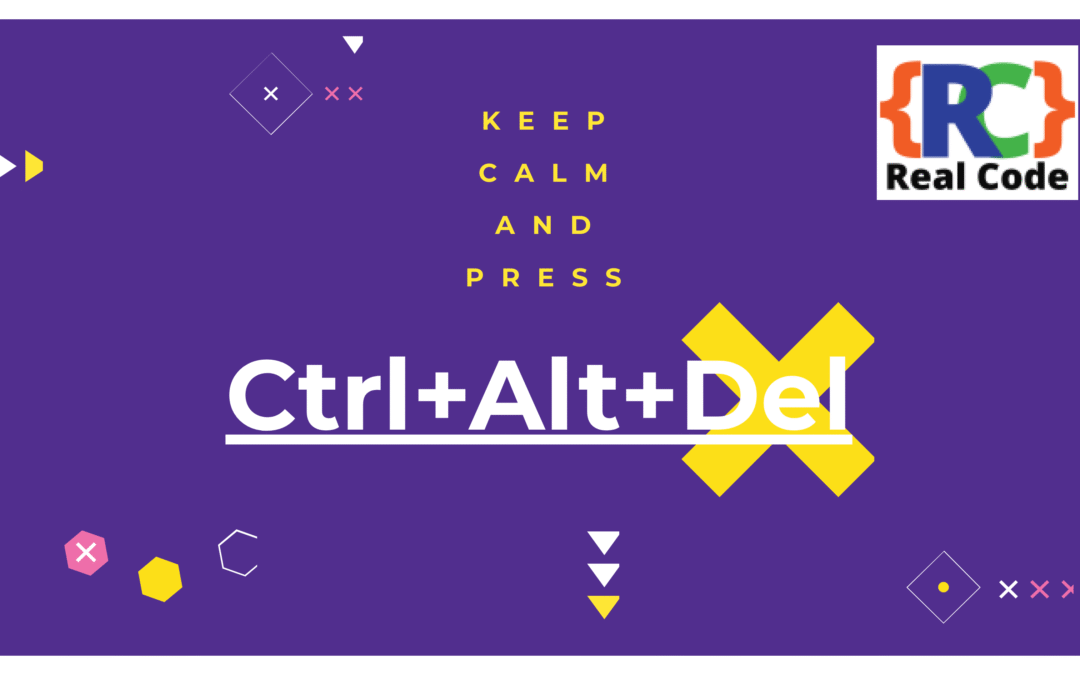What are the key differences between React.js and Angular?
React.js is a library focused on building user interface components, while Angular is a comprehensive framework that provides everything needed to create web applications from scratch. React allows for more flexibility in the architecture, whereas Angular enforces a structured approach with a powerful set of tools.
How do React.js and Angular perform for large-scale applications?
Angular typically excels in large-scale applications due to its built-in structure and dependency injection. React.js, with its component-based architecture, is also suitable for large projects but shines more in smaller, dynamic applications.
Which framework is better for mobile app development: React or Angular?
React Native, an offshoot of React.js, is optimized for mobile app development and generally outperforms Angular’s Ionic framework in terms of speed and community support. React Native allows developers to build native apps using JavaScript, while Ionic relies on web technologies.
What’s the learning curve for beginners between React.js and Angular?
React.js has a gentler learning curve because of its component-based structure and less opinionated nature. In contrast, Angular has a steeper learning curve due to its comprehensive setup, reliance on TypeScript, and more complex architecture.
How do React.js and Angular compare in terms of performance?
React.js generally offers superior performance due to its virtual DOM, which minimizes direct manipulation of the actual DOM. Angular’s two-way data binding can lead to performance bottlenecks in complex applications, especially when managing large data sets.
What are the best use cases for React.js?
React.js is ideal for dynamic, high-performance applications such as single-page applications (SPAs) and complex UIs that require real-time updates, like social media platforms and dashboards. For instance, Facebook and Instagram leverage React for their interactive user interfaces.
What are the best use cases for Angular?
Angular is best suited for enterprise-level applications and large-scale projects requiring a cohesive structure. Examples include complex internal tools and large websites, like those built by Google and Microsoft, which benefit from Angular’s robustness and built-in features.
How do community and ecosystem support compare between React.js and Angular?
React.js enjoys a larger community and ecosystem, providing a wealth of third-party libraries, tools, and resources. Angular has a strong community, but its ecosystem is more focused on Angular-specific needs, making it less versatile in terms of available resources.
What are the pros and cons of using React.js?
Pros: Strong community support, flexibility in project structure, and excellent performance due to the virtual DOM.
Cons: A steeper learning curve for managing state (e.g., Redux) and potential over-reliance on external libraries, which can complicate projects.
What are the pros and cons of using Angular?
Pros: A comprehensive framework with robust tooling, built-in features like routing and form handling, and strong support for enterprise applications.
Cons: Steeper learning curve, especially for developers unfamiliar with TypeScript, and performance overhead due to the framework’s size and complexity.
Why is one framework preferred in specific industries?
React is often favored in startups and tech companies that prioritize flexibility and rapid prototyping. Angular, on the other hand, is popular in enterprise environments where a structured approach and scalability are essential.
What are some real-world examples of projects using React.js?
Companies like Facebook, Instagram, and Airbnb utilize React.js to build dynamic user interfaces that benefit from component reusability. For example, Airbnb uses React for its extensive search features and responsive design.
What are some real-world examples of projects using Angular?
Google, Microsoft, and IBM leverage Angular for robust, large-scale applications. Google’s use of Angular in its AdWords platform highlights its ability to handle complex data-driven environments effectively.
How do React.js and Angular handle state management?
React.js utilizes external libraries like Redux or the Context API for state management, allowing for centralized and predictable state handling. Angular, however, comes with built-in state management solutions, such as services and RxJS, which streamline the process but can be more complex to understand initially.
What is the future of React.js and Angular?
React.js is likely to maintain its popularity due to its flexibility and adaptability to new trends. Angular is set to continue evolving, focusing on enterprise solutions and enhancing its tooling to meet the needs of large-scale application development.
How to choose between React.js and Angular for your project?
Consider the project size, team expertise, and specific application requirements. Opt for React if you need flexibility and rapid development, while Angular is the better choice for structured, enterprise-level applications.
What resources can help you learn React.js or Angular?
Utilize platforms like Udemy, Coursera, or freeCodeCamp for online courses. The official documentation for both frameworks is invaluable, and community forums like Stack Overflow can provide support and answer specific questions as you learn.
Conclusion
Choosing between React.js and Angular hinges on various factors, including project requirements, team skills, and the desired architecture. By understanding the strengths and weaknesses of each framework, you can make an informed decision that aligns with your goals.

